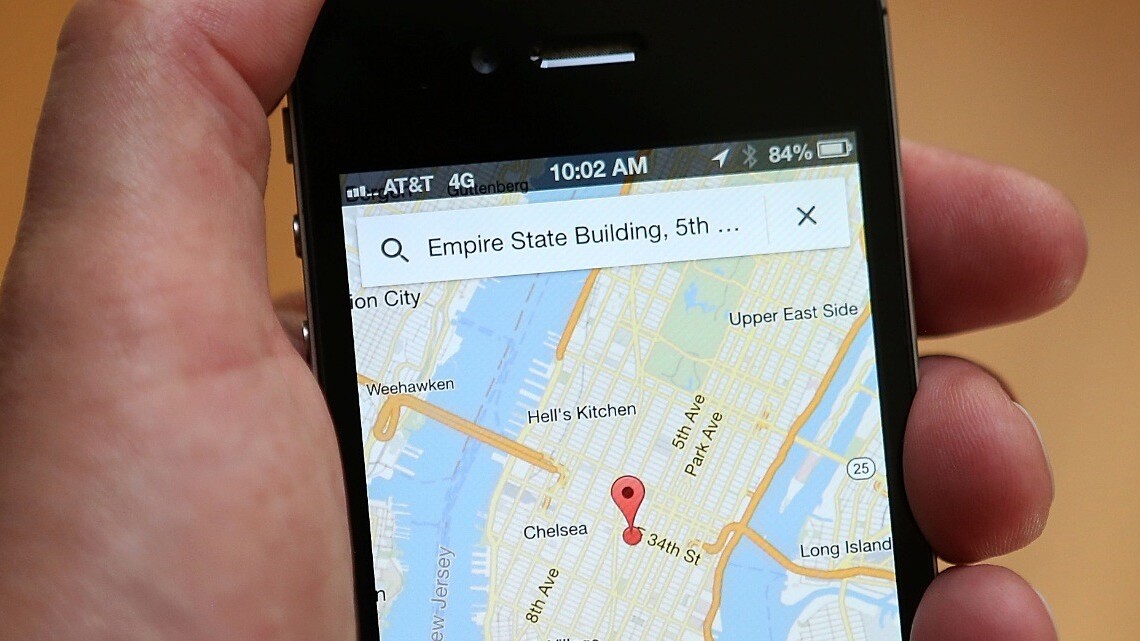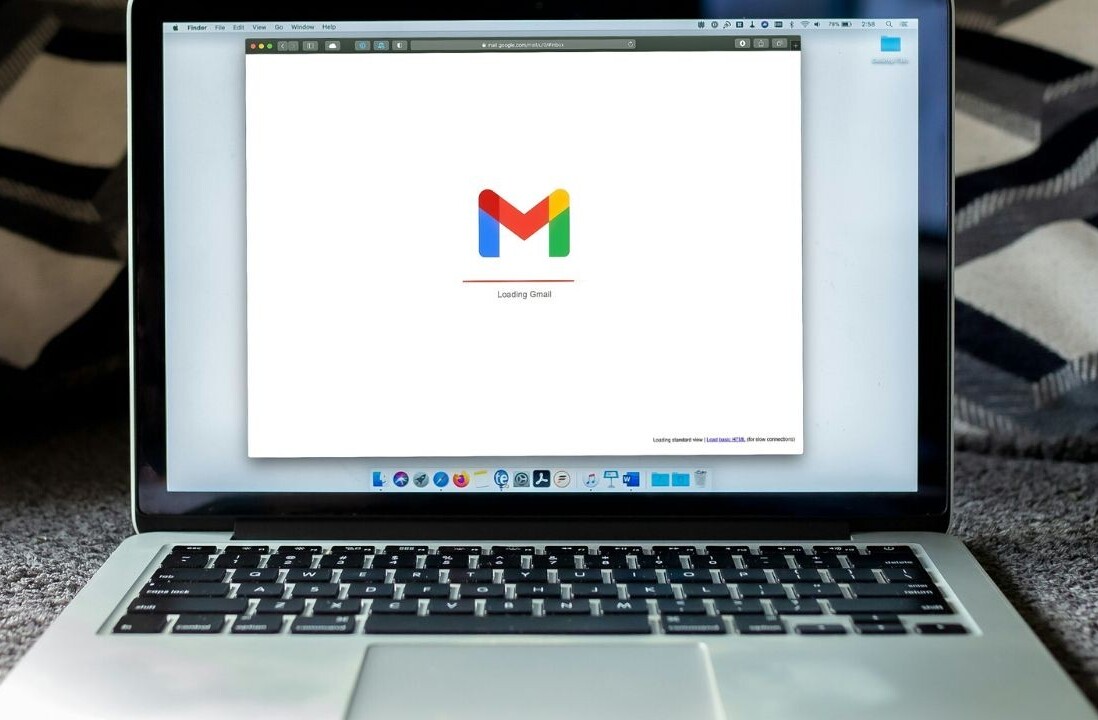
With the release of iOS 6.1, Apple has also announced a new Search API that will allow developers to query its Maps servers to get back point-of-interest and location data. This will allow them to integrate these kinds of local results into their apps when users search for things around them.
It’s not exactly an earth shattering development, as there are tons of ‘places’ API choices out there for developers including OpenStreetMaps, Foursquare and Google Places. But it does bring a significant point of parity back for Apple when it comes to its mapping offerings for third-party developers.
With iOS 5 and previous versions of iOS, developers could call Google Maps and use those in conjunction with any third-party places API. This included Google’s own Places API, which could only be used with Google Maps tiles, and not other services. So a developer could use Apple’s MapKit to call up mapping tiles and Google Places to fill out location data. This is fairly standard operating procedure for mapping services.
Unfortunately, with the release of iOS 6, developers no longer had the ability to use Google Places with Apple’s mapping tiles, and had to make the choice to use other services if they wanted to use the standard MapKit frameworks for their mapping apps. Now, with the addition of the new Search API, developers have a one-stop shop to get their mapping display tiles and their POI search data, all in one place.
Notably, Google’s Maps SDK for iOS does not have local search provisions, developers must continue to use the Places API to get local search results. While the effort involved in using an external API to call local search is fairly trivial, it is interesting to see Apple making an effort to make its mapping solutions more feature complete for developers.
Services like turn-by-turn and detailed traffic information were ones that Apple felt it had to make its own product to offer in the way that it wanted to (and without whatever concessions Google wanted). Unfortunately, launching when it felt it had to had serious consequences for the quality of mapping data backing the comparatively polished interface.
Adding local search to its API definitely doesn’t improve the quality of the results that will be returned, which is still very much a problem, but it does display a willingness to expand on the developer-facing features of Maps, as well as the consumer-facing ones.
Image Credit: Justin Sullivan/Getty Images
Get the TNW newsletter
Get the most important tech news in your inbox each week.




